
If there were two creatures I could’ve thought of as roommates during my time here, they were a magpie named Check and a gecko named Kermit.
In many ways Australia had turned out to be the antithesis of what I had expected. I saw no boomerangs, no didgeridoos, no koalas, and no snakes (except one). What I did see were quite a few cows and horses as well as the occasional kangaroo and echidna. What I had not thought to expect or to look for were the many birds. There are an array of avians that were unknown to me before my arrival in the country. But the foremost of these has been the magpies.
I had heard strange calls and sounds from the trees in Kirribilli and they had turned out to be these black and white birds that looked a bit like small crows. I had been entranced because the sound was completely foreign to my ears. The song of the magpie had been one of the things that heralded my arrival to Oz. But I didn’t realize how much one of these birds would dominate my future memories of Australia.
One particular magpie had gotten into the habit of visiting the back veranda at the Queenslander in Monto on a regular basis. (Even now I can hear one outside imitating the sound of a remote car lock.) ‘Check’ had gotten his name from a roughly square patch of black on the back of his otherwise all white neck. Whether he had been a pet of someone’s, learned to befriend humans early in life, or the Craigs had trained him, I never knew. What I did know was that he was almost always there in the morning and the evening each day. Sometimes he’d call to me until I came to the door. Sometimes he’d peck on the sliding door to get my attention. Sometimes he’d just sit close by while I sat on the veranda and had my coffee in the evening. At times he’d fly over while I was doing something in the yard. Just yesterday he sat behind me on the railing and sang to me until ‘our’ dinner was ready. And he would eat right from my hand. In time he would start bringing his whole family, including a baby that was cute, but had a piercing and relentless little squeek (and would take baths in the community drinking bowl). But Check was the only one who ever seemed really comfortable around me, and later on in this story he would end up teaching me a valuable lesson. He was a constant friend, and probably the closest thing to a roommate I had.
There were maybe six magpies I got to know, but they were not the only friendly birds here. The butcher birds were constantly competing for my attention as well. Particularly a little brown one named Busby who, like Check, I could hand feed. She also wasn’t afraid to occasionally come inside and sit on my counter if I left the door open. The butcher birds had beautiful songs also. In fact I think theirs was even more beautiful than the magpie’s. The male butcher birds were black and white. (Strangely that was a common coloration for several varieties of bird here including the Magpie Lark and Willy Wagtail) But Busby was brown. That she was a butcher bird was evident because of the hooked beak, but I was never sure which species exactly. These birds also had an amazing ability to deftly catch food in midair. Like Check, Busby started to bring her baby. In time this young bird would perch next to the sliding door and cock her head like a child trying to press his nose to the glass and see what was going on inside. The baby even squeeked at me sometimes as it would when asking it’s parent for a mouthful of food. It was precious. I was constantly putting out water for the birds as well as feeding them scraps.
The Corellas were everywhere, all the time. At times the tress would be white with them. In fact it was the closest thing to snow capped trees I saw this year. By day they came and went and lounged in the tree tops, and at night they even made noises when I would have thought they were all asleep. They were part of the cockatoo family but smaller. Although they were white, their feathers also had a tinge of yellow to them. They would arrive in cacophonous waves of a hundred at a time, and they would leave just as noisily. For some reason they would go a little crazy just before a rain. That was always a sight.
In the billabong next to the house there were always one or two pelicans, though there could be upwards of ten after a replenishing rain. The spoonbills would arrive then and troll the waters as well. There were also Whistling Ducks in profusion. Usually there were at least fifty or so on slow days. There were pigeons around as well, constantly trying to make nests in any spot they could find. While kind of cute, Tim told me that their droppings can be quite hazardous as they can contaminate soil and produce a harmful airborne fungus that can lead to health problems. Who knew?
Then there were the frogs. The ones I saw and heard the most were the Green Tree Frogs (though when the back paddock was flooded, I heard a mighty chorus of miscellaneous croaks). The Tree Frogs were about the size of a bullfrog and were sometimes huddled near the windows at night hoping to catch moths. But most often they must have been perched on the rafters under the house because whenever it rained I could hear them. They were loud and they often sounded like the were inside the walls of the house itself since they were essentially just under the floor. Once the Craig girls had casually picked one up and offered it to me to hold, but I had declined due to a trauma I once suffered at the hands of a small tree frog in Florida years before. It had unexpectedly jumped onto my leg as I had tried to shoo it off a sidewalk, and I believe I may have invented a new word in response. As with handling a Huntsman, picking up one of these docile amphibians was among the twelve Herculean tasks I had set for myself in order to earn the rank of ‘man’, and be able to return home without shame.
Then there was Kermit. I had seen this little gecko crawling on the outside of the screen door trying to snatch up moths as they gathered to the light. The next time I saw him, he was perched at the edge of my bathroom sink when I had turned on a light. Not knowing how he had gotten in, I had opened a window, turned off the light and shut the door so he could leave. The third time, I had been surprised to open the linen closet door and find him clinging to the inside. He had scurried into the closet and vanished around a corner, but this, I would learn, is where he most usually passed the day. At night I would sometimes see him crawling across a wall up by the ceiling or spot him on the floor as he hunted for insects to eat. But he was a cute, little guy and I was very happy to have an ally in the war on bugs, so I didn’t mind him at all. He was like the quiet, socially awkward introvert of a roommate who I rarely saw, but who always paid his rent on time and cleaned up after himself. I tried to always be careful to watch where I was walking so that I wouldn’t accidentally step on him at night.
There was the odd black spider hiding in some ceiling crevice or next to a light, spinning webs and catching little flying bugs, as well as many daddy long legs who would reappear as soon as I could vacuum them up. On rare occasions a large flying cockroach might be found. These often blew in on a storm from someplace else, but were very few and easily dealt with. I had grown to hate cockroaches during my time in college, but these weren’t that bad. (Though I did see one or two of the smaller variety once or twice) Not to mention the fact that there were also cows in the side paddock who would at times graze below my perch on the veranda and make sure the lawn was fertilized.
The ones it took me the longest to get to know were the horses in the back paddock. Their names were Smokey and Bandit. Bandit was a skewbald (pinto) horse with a pink muzzle and heterochromia, while Smokey was a dark brown Bay with black points and white streaks down the center of his muzzle. They were both colts and neither was yet full grown. At first I had tried to call to them and had no response, Then I had tried to offer them apples or carrots, but neither seemed to know what they were, even when I had tossed them into range of their mouths. They belonged to a deaf lady I had yet to meet, who was renting the paddock.
One day Tim was over and he suggested that I talk to this lady and see if she would let me do some groundwork with them. Tim explained that this involves spending time with the animals and letting them get to know me as well as working them on a rope in a training ring and teaching them basics of responding to things they were asked to do. Because they were relatively young, it would be the perfect time for it. I knew nothing about how to do this, but he suggested I talk to a sister at the hall who has a horse and ask for some advice. One hang up, however, was that neither of the horses had been gelded yet, and so it was not a good idea to climb into a ring with them until after that had been done. Non castrated colts could be a bit too feisty and assertive to safely work with.
One day the horses were near the center of the paddock and I wanted to get a good picture of the sunset behind them, so I climbed in and walked over to get a good vantage point for my shot. When the horses saw me, their response was to immediately walk over to where I was standing. Now I have to say I was a bit nervous about this as they were large animals, there was nothing between them and myself, and I was several meters from the fence. I had seen a groundwork video a few nights before though, and so I tried not to look right at them, but angle away and let them investigate me. I tried to offer some reassuring words, act disinterested, and I may have even attempted to sing The Streets of Laredo even though I didn’t know the words. In my fevered mind I must’ve thought that maybe singing was the reason Gene Autry’s horses liked him so much and at any rate it was the first thing that popped into my head. (Or perhaps subconsciously I thought I was about to die) I then meandered away and to my surprise the horses followed me. Later I actually got one to eat a carrot as I whistled The Streets of Laredo this time, and just hung out with them for a while. When I later showed Ann Egan a video of what had happened, she remarked that they were reaching out to make a connection with me. After that first encounter and the assurance of someone who knew horses, I was less afraid about being in the paddock with them and would henceforth bring them grass or carrots or even Special K whenever I had some to offer.
Just today I was out feeding them handfuls of the full, lush grass growing outside of their reach, when a funny thing happened. Now I may have just imagined I saw something or misinterpreted what I saw, but after eating several handfuls of grass, Smokey walked over to the training ring, nudged a halter that was hung on the edge of the training ring gate, and looked back at me for a moment before going into the ring.
I afterward read some articles on horse body language so that I could at least have an idea of what warning signals they might be sending or what their gestures were conveying. The last thing I wanted was to be kicked by a spooked horse who gave me fair warning that I just didn’t heed because I didn’t understand horse. Even so, until Smokey’s inborn, equine desire to be dominant is removed by a veterinarian’s snip, I’m going to wait on trying to get into a ring with him.
Though truth be told I can’t wait to try.
(And anyways, if worst comes to worst, I can now softly sing The Streets of Laredo to myself as I lay dying from a hoof wound.)
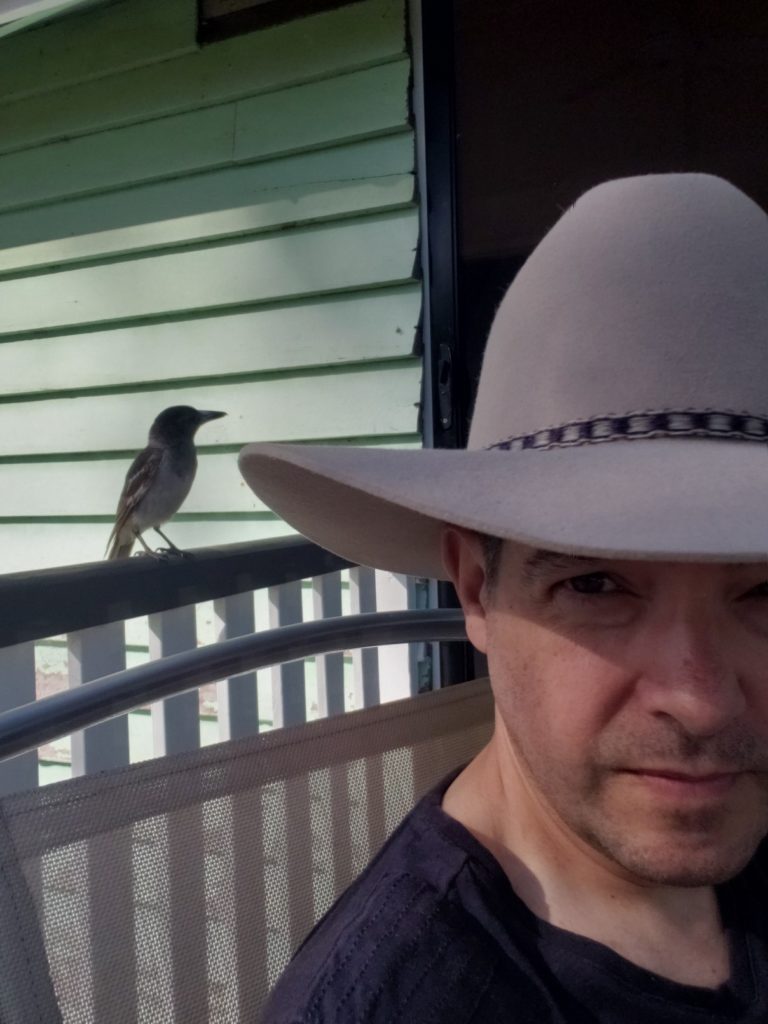
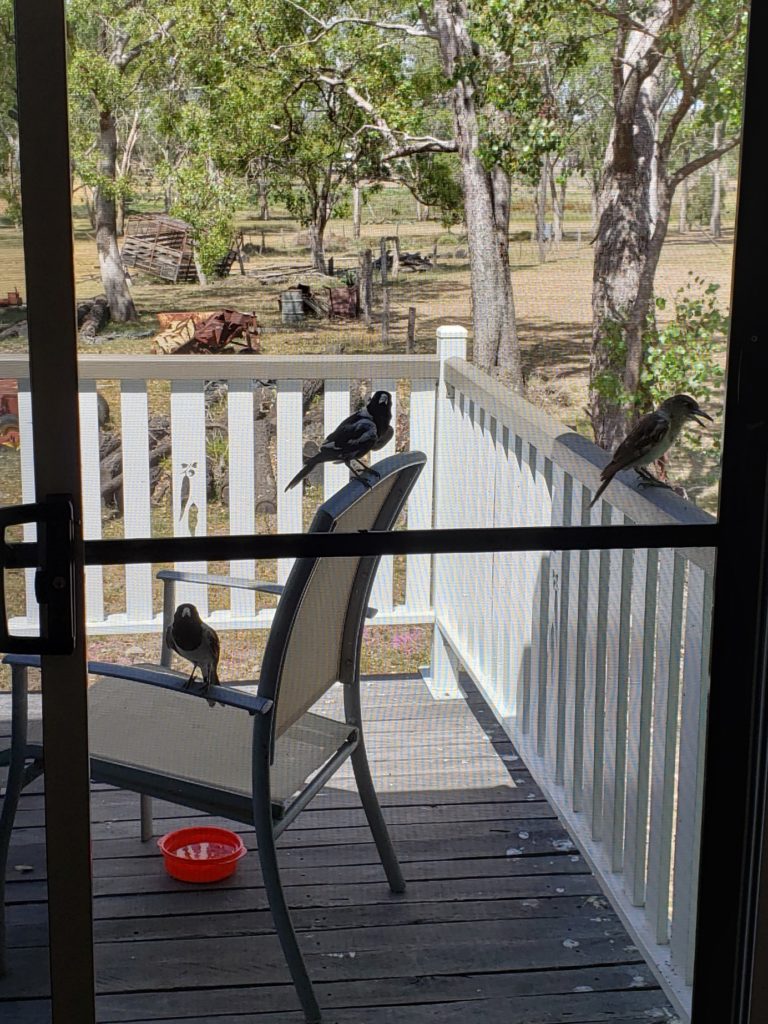
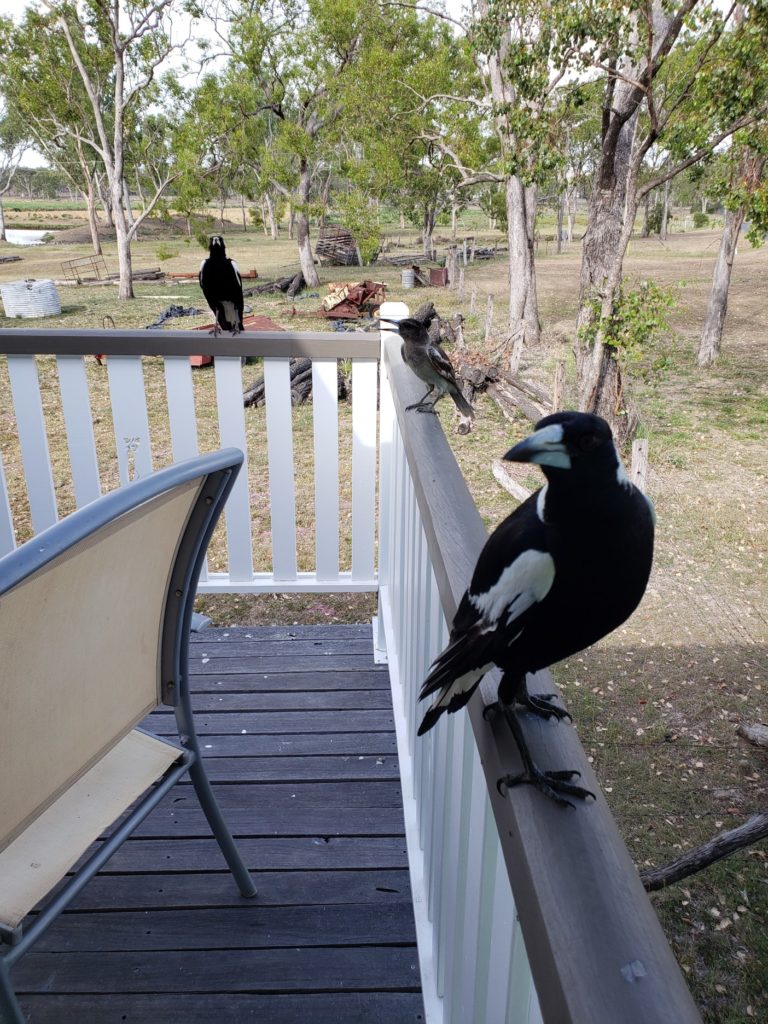
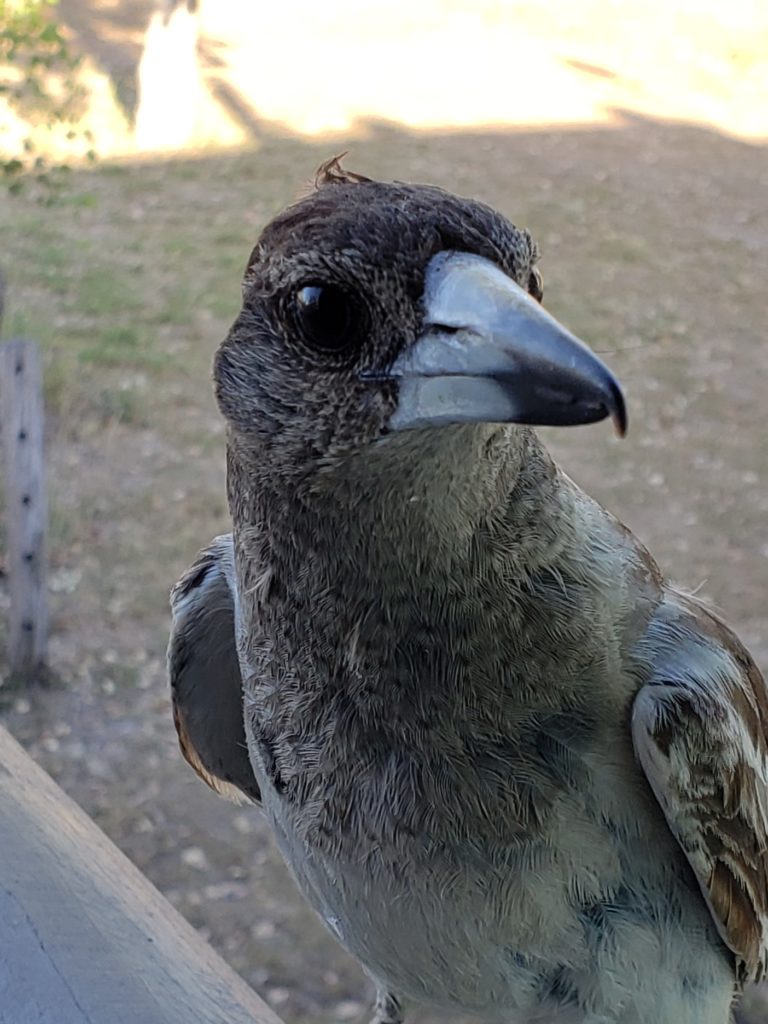
Busby 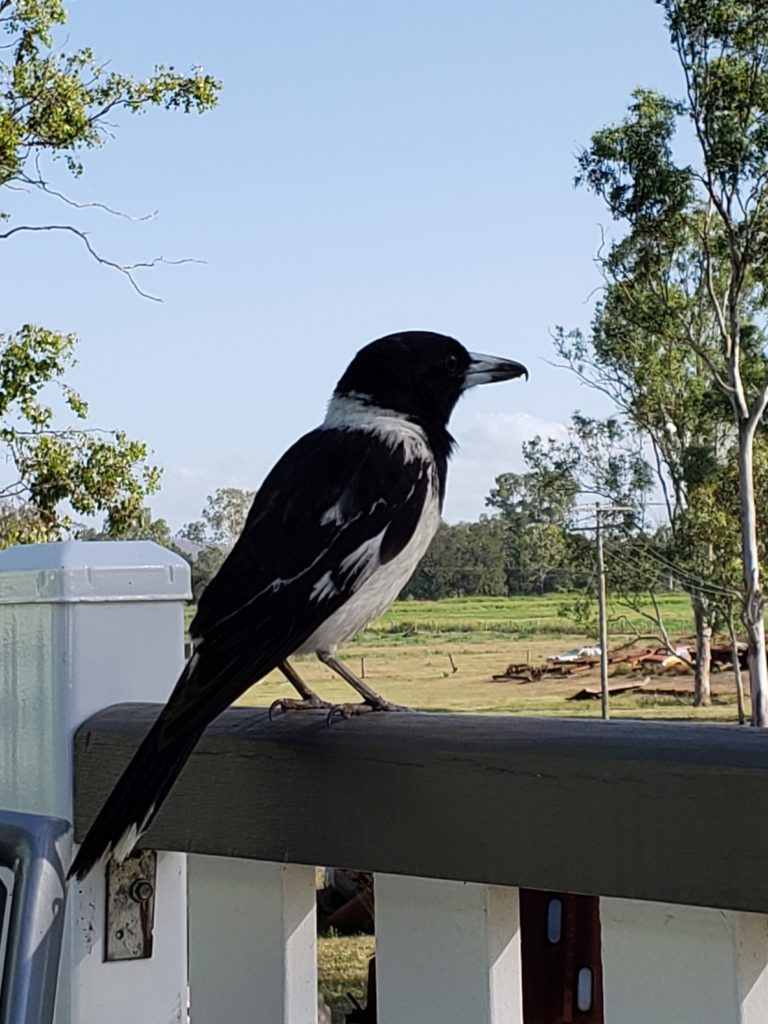
Male Butcher Bird 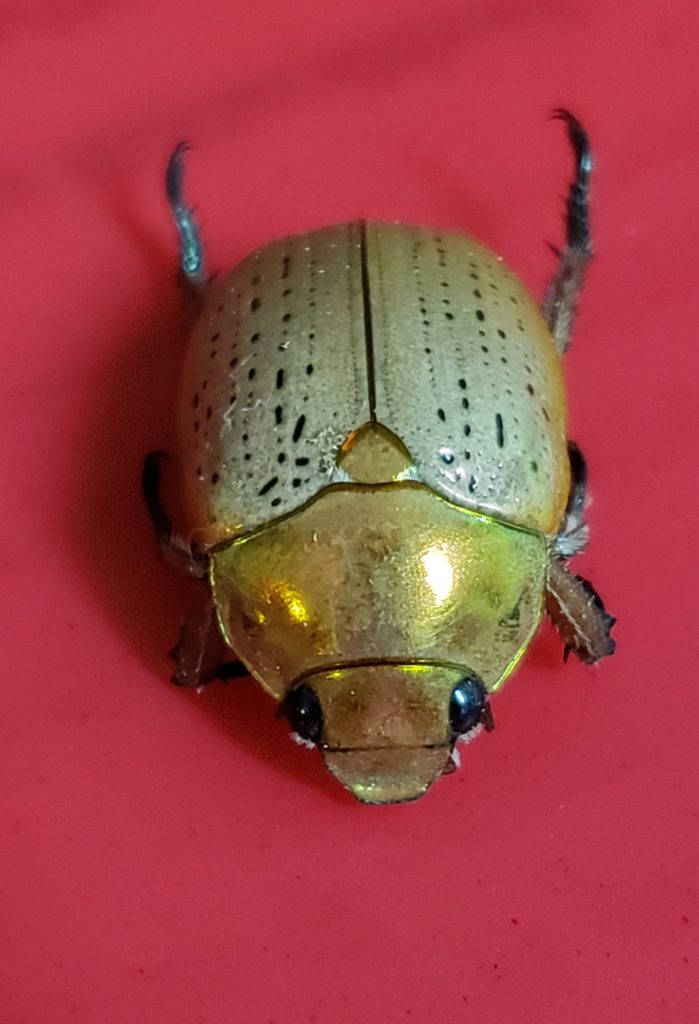
Christmas Beetle 

Red Winged Parrot 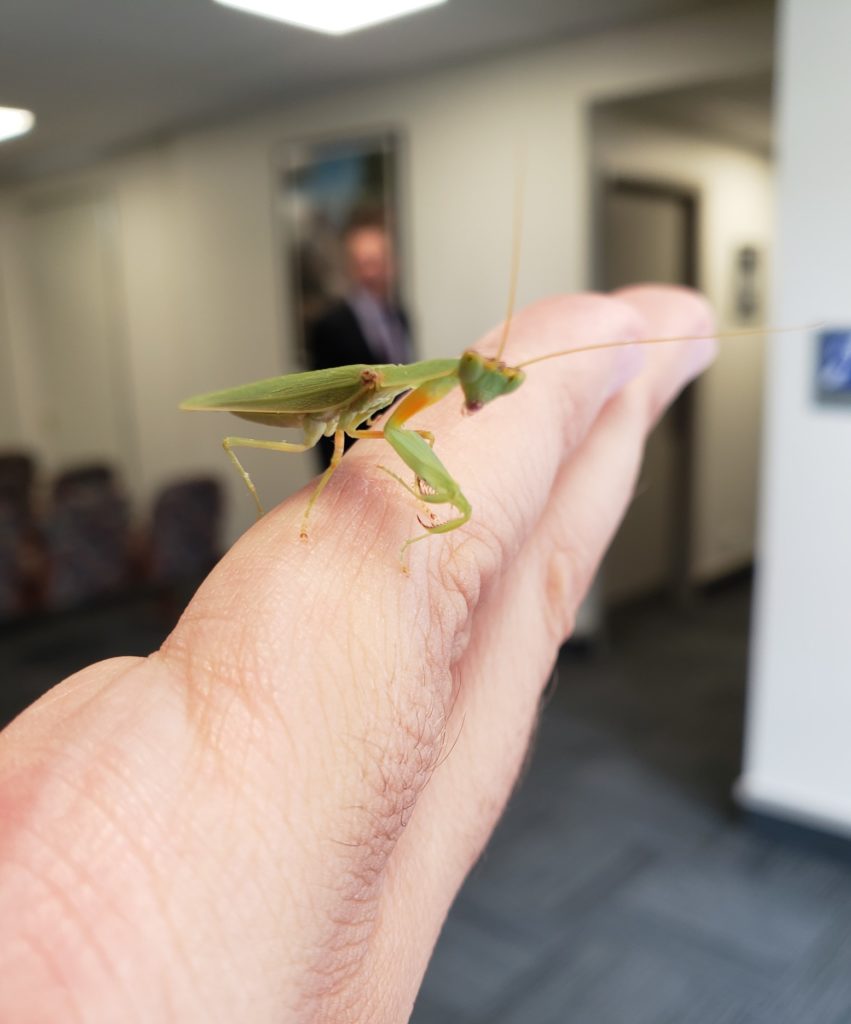
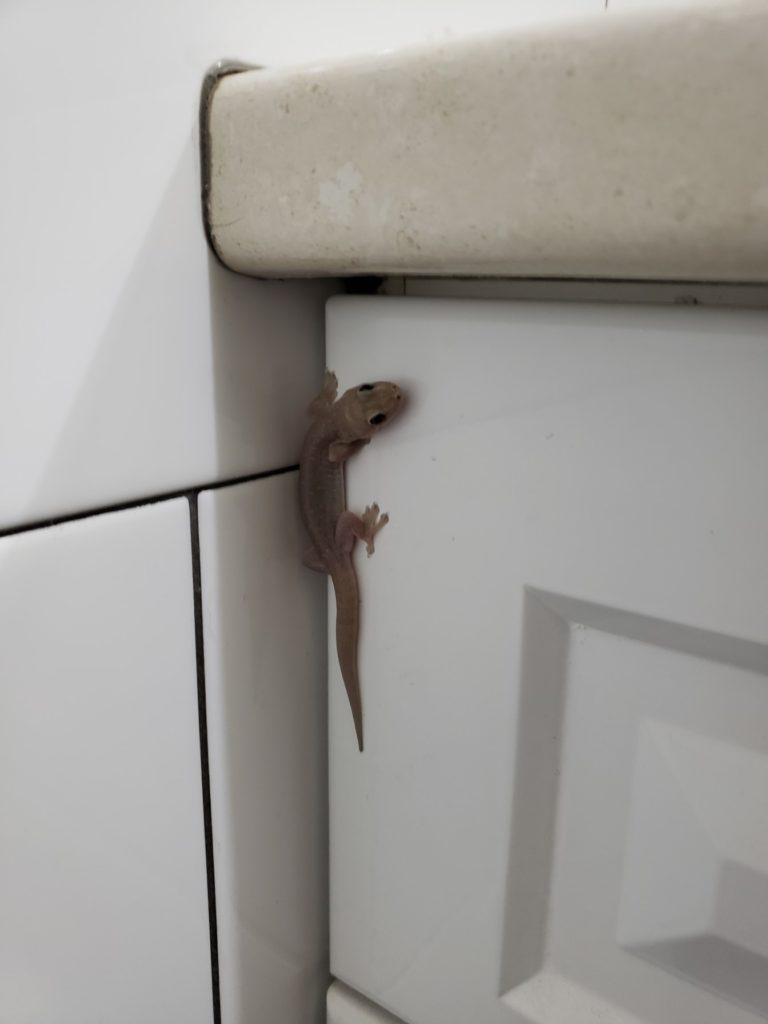
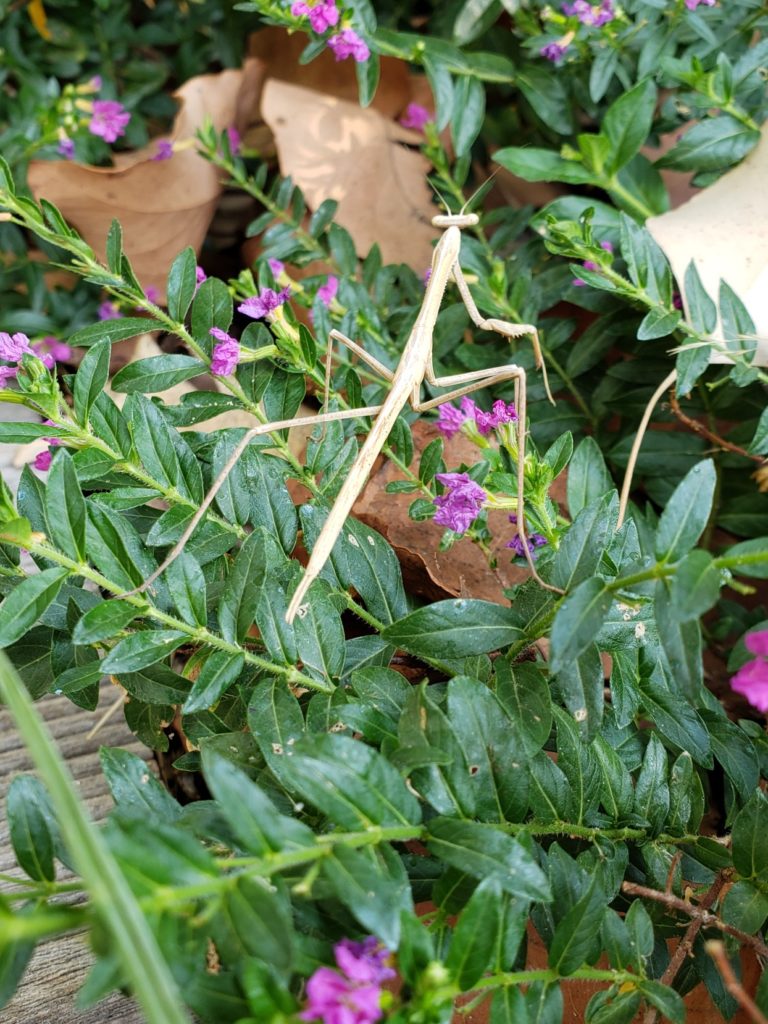
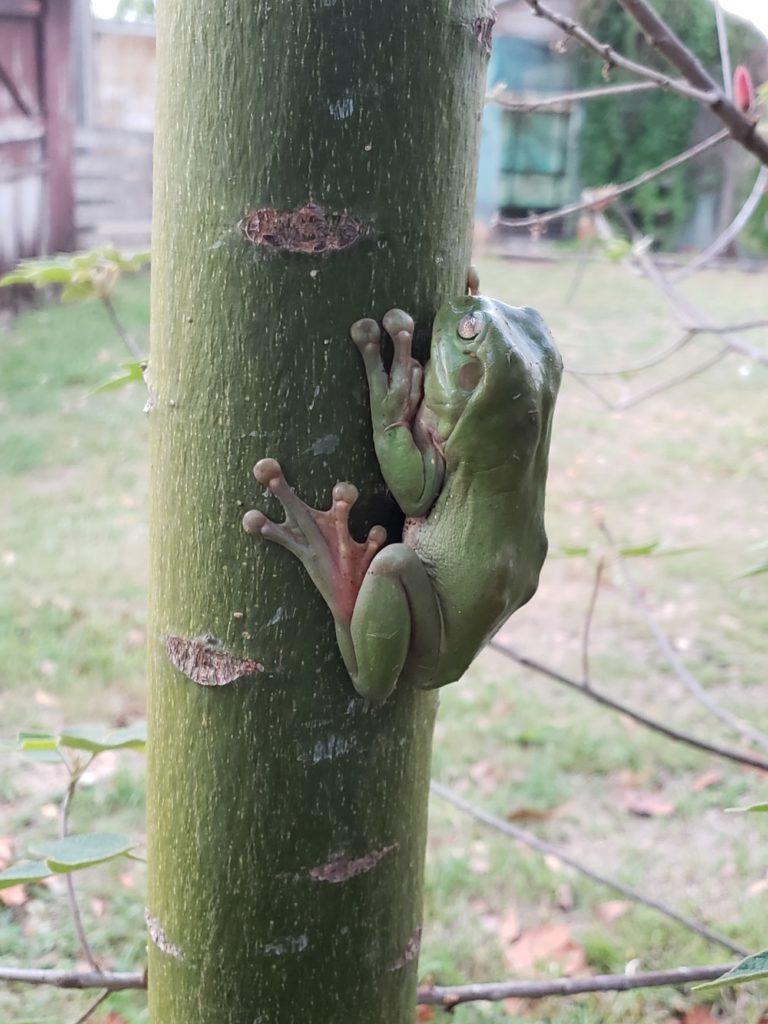


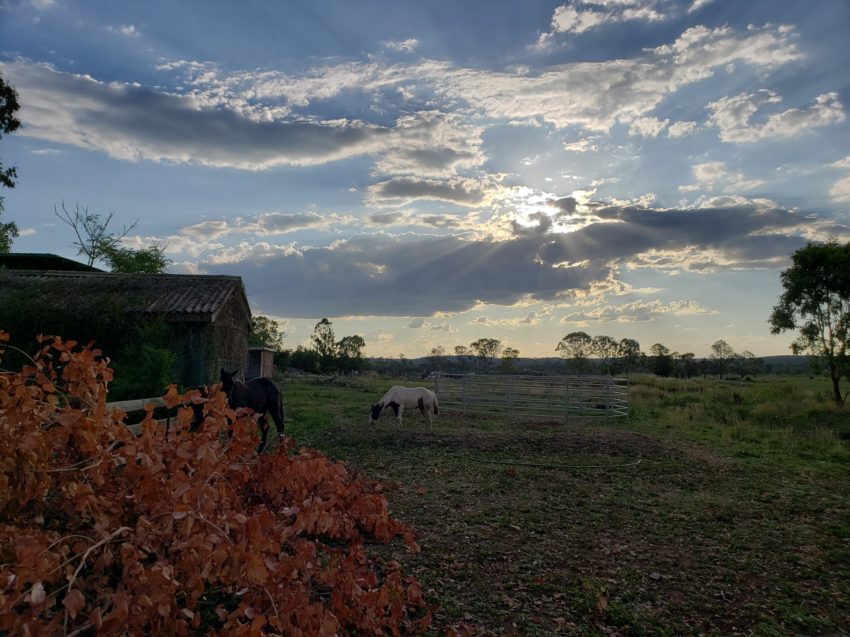
A harmony with natual “Corellas”. So nice 😀
Amazing picture of white birds flying , it just likes so many snowflake!!